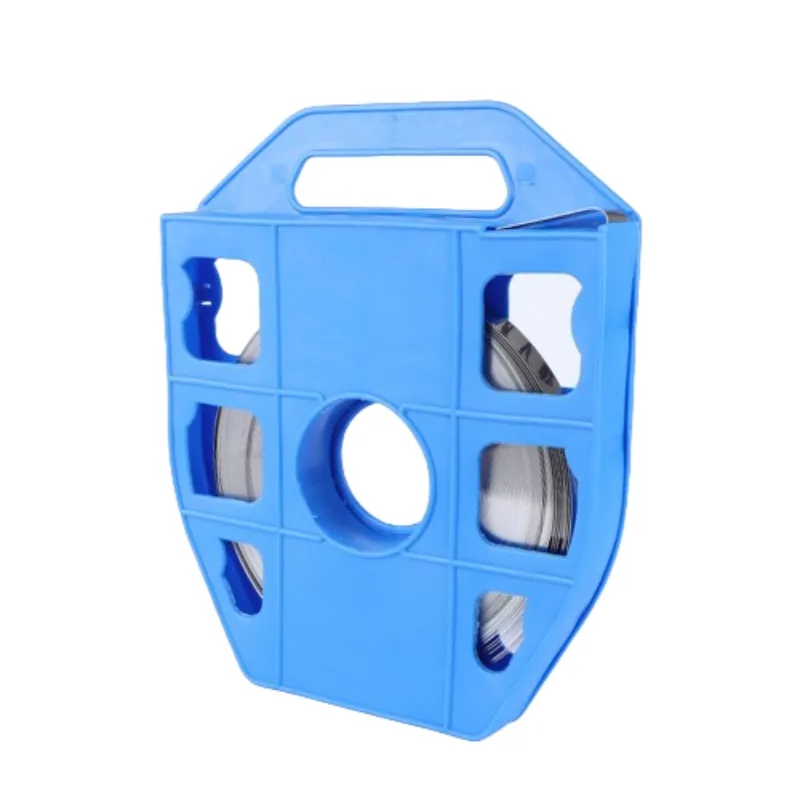
-
 Afrikaans
Afrikaans -
 Albanian
Albanian -
 Amharic
Amharic -
 Arabic
Arabic -
 Armenian
Armenian -
 Azerbaijani
Azerbaijani -
 Basque
Basque -
 Belarusian
Belarusian -
 Bengali
Bengali -
 Bosnian
Bosnian -
 Bulgarian
Bulgarian -
 Catalan
Catalan -
 Cebuano
Cebuano -
 Corsican
Corsican -
 Croatian
Croatian -
 Czech
Czech -
 Danish
Danish -
 Dutch
Dutch -
 English
English -
 Esperanto
Esperanto -
 Estonian
Estonian -
 Finnish
Finnish -
 French
French -
 Frisian
Frisian -
 Galician
Galician -
 Georgian
Georgian -
 German
German -
 Greek
Greek -
 Gujarati
Gujarati -
 Haitian Creole
Haitian Creole -
 hausa
hausa -
 hawaiian
hawaiian -
 Hebrew
Hebrew -
 Hindi
Hindi -
 Miao
Miao -
 Hungarian
Hungarian -
 Icelandic
Icelandic -
 igbo
igbo -
 Indonesian
Indonesian -
 irish
irish -
 Italian
Italian -
 Japanese
Japanese -
 Javanese
Javanese -
 Kannada
Kannada -
 kazakh
kazakh -
 Khmer
Khmer -
 Rwandese
Rwandese -
 Korean
Korean -
 Kurdish
Kurdish -
 Kyrgyz
Kyrgyz -
 Lao
Lao -
 Latin
Latin -
 Latvian
Latvian -
 Lithuanian
Lithuanian -
 Luxembourgish
Luxembourgish -
 Macedonian
Macedonian -
 Malgashi
Malgashi -
 Malay
Malay -
 Malayalam
Malayalam -
 Maltese
Maltese -
 Maori
Maori -
 Marathi
Marathi -
 Mongolian
Mongolian -
 Myanmar
Myanmar -
 Nepali
Nepali -
 Norwegian
Norwegian -
 Norwegian
Norwegian -
 Occitan
Occitan -
 Pashto
Pashto -
 Persian
Persian -
 Polish
Polish -
 Portuguese
Portuguese -
 Punjabi
Punjabi -
 Romanian
Romanian -
 Russian
Russian -
 Samoan
Samoan -
 Scottish Gaelic
Scottish Gaelic -
 Serbian
Serbian -
 Sesotho
Sesotho -
 Shona
Shona -
 Sindhi
Sindhi -
 Sinhala
Sinhala -
 Slovak
Slovak -
 Slovenian
Slovenian -
 Somali
Somali -
 Spanish
Spanish -
 Sundanese
Sundanese -
 Swahili
Swahili -
 Swedish
Swedish -
 Tagalog
Tagalog -
 Tajik
Tajik -
 Tamil
Tamil -
 Tatar
Tatar -
 Telugu
Telugu -
 Thai
Thai -
 Turkish
Turkish -
 Turkmen
Turkmen -
 Ukrainian
Ukrainian -
 Urdu
Urdu -
 Uighur
Uighur -
 Uzbek
Uzbek -
 Vietnamese
Vietnamese -
 Welsh
Welsh -
 Bantu
Bantu -
 Yiddish
Yiddish -
 Yoruba
Yoruba -
 Zulu
Zulu


Dec . 05, 2024 15:33 Back to list
fish tape use
Understanding Fish Tape Use A Comprehensive Guide
Fish tape is an essential tool in the world of electrical and networking installations. It's a long, flexible flat or round strip of metal or plastic used to pull wires through conduits and tight spaces. Its primary purpose is to facilitate the smooth insertion of electrical cables through walls, ceilings, and other inaccessible areas. This guide provides insight into the effective use of fish tape, catering to both novices and seasoned professionals.
What is Fish Tape?
Fish tape typically comes in lengths of 25 to 200 feet, though longer options are available. Made from various materials including stainless steel, fiberglass, and plastic, each material serves a particular purpose. Stainless steel fish tape is strong and durable, making it ideal for pulling heavy cables. On the other hand, fiberglass fish tape is non-conductive and perfect for use around live circuits.
Selecting the Right Fish Tape
When choosing fish tape, consider the job at hand. For standard residential applications, a 1/8 inch thick fiberglass tape is usually sufficient. However, for heavy-duty commercial jobs, a heavy-gauge steel tape may be necessary. Also, consider the length needed for the installation; a longer tape will allow for more flexibility when navigating bends or longer runs.
How to Use Fish Tape
1. Preparation Before using fish tape, ensure you have the right safety gear, including gloves and safety glasses. Identify the route where the cable will be pulled, marking any obstacles or tight turns.
2. Insertion Insert the fish tape into the conduit. If you're threading it through a wall, start from an opening either at the wall plate or the outlet box. Push the tape in while keeping it as straight as possible.
fish tape use

3. Navigating Turns When faced with bends or corners, rotate the fish tape gently to guide it through the turns without forcing it. If you encounter resistance, pull the tape back and verify there are no obstructions.
4. Attaching the Cable Once the fish tape reaches the other end, secure the electrical wire to the end of the tape using electrical tape. Make sure the connection is smooth and streamlined to prevent any snags.
5. Pulling the Wire With the wire securely attached, slowly pull the fish tape back towards you, guiding the electrical wire through the conduit. Maintain a steady pace to avoid damaging either the wire or the tape.
6. Finishing Up After the wire is fully in place, detach it from the fish tape and inspect the run for any issues. Ensure that the cables are organized and secure before completing your installation.
Best Practices and Tips
- Practice Patience Fish tape can be challenging to use, particularly in complex installations. Take your time and do not rush the process. - Avoid Excessive Force Forcing the fish tape can lead to breakage or damage. If you meet resistance, reevaluate the path and look for kinks or snags.
- Maintain Your Equipment Regularly inspect your fish tape for kinks, bends, or damage. A well-maintained tool will last longer and perform better.
In conclusion, understanding fish tape and its proper use can make all the difference in electrical installations. Whether for residential projects or commercial sites, mastering this tool can enhance efficiency and productivity. With the right techniques, patience, and practice, you can confidently navigate even the most challenging wiring jobs. Happy fishing!
Latest news
What Are Construction Tools and How Are They Used?
NewsJul.11,2025
Professional-Grade Duct Rodding Tools for Superior Cable Installation
NewsJul.11,2025
Enhancing Safety and Efficiency with Modern Hot Stick Solutions
NewsJul.11,2025
Empowering Cable Installation with Advanced Rodder Solutions
NewsJul.11,2025
Elevate Your Cable Installation Projects with Cable Pulling Tools
NewsJul.11,2025
Efficient Cable Handling Solutions: Cable Rollers for Sale
NewsJul.11,2025











